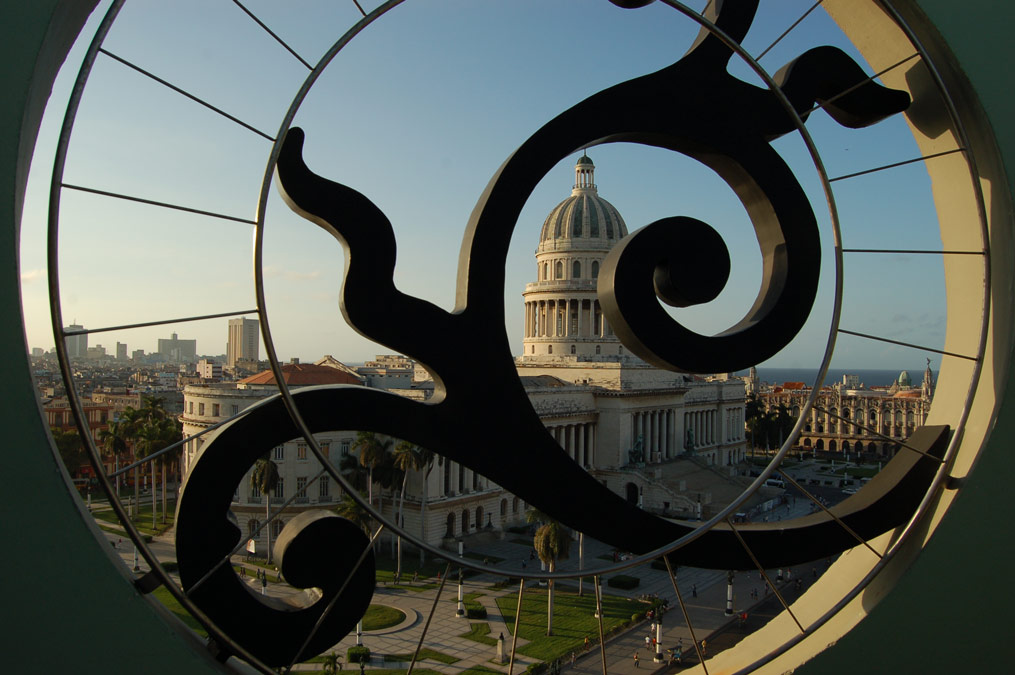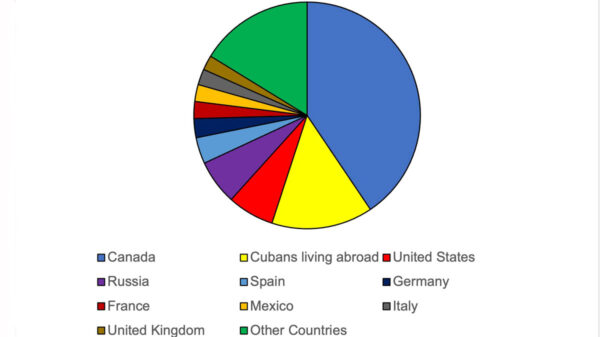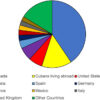May 6, 2022, started like any other morning in Havana. Cuba’s tropical sun was beaming down, full strength on the skin. Streets were full of the usual maddening traffic, cars honking, dogs barking, music already blaring, and humans shouting to be heard over the pandemonium. On the sidewalks, people checked phones, parents guided children to daycare centers, schools, work, or snack bars to pick up a quick bocadito or a slice of cheese-laden pizza. Street sellers were unpacking merchandise and loading up stalls. Fruit vendors, with carts full of bananas, mangoes, papayas, cucumbers, tiny onions, and braided garlic, started up their day. A few schoolboys, dressed in white shirts and red shorts, were kicking a ball around on the pavement, one last game before school. Others lazed on park benches under the shade of tall trees laden with white blossoms. More faces were glued to phones, gossiping, watching guys and girls pass by, or simply hanging out in the town square below.
I was downing my habitual second cup of coffee.
There was nothing out of the ordinary that morning. It was just another day, the same as the day before for everyone. What began as another ordinary day would turn into tragedy for Habaneros.
There was an enormous boom. My building shook. I thought a car had hit the facade. I went out to the balcony to see what had happened. There was nothing there. I thought I had imagined it.
About ten minutes later, sirens filled the air.
Constructed in the 1870s, the Saratoga, at the corner of Del Prado and Dragones, became an emblematic symbol of the city. By the 1930s, it had become one of the most popular hotels in Havana, attracting tourists, musicians, socialites, politicians, and artists. It was the home of the “Anacaonas,” Cuba’s all-female orchestra. Its lobby was adorned with antiques, such as the blue fairy clock, which greeted guests as they entered the hotel. It evolved into one of the important historical buildings of Havana. Its guests’ rooms were lovely, and its rooftop restaurant and swimming pool—a delight of the city.
That all changed on that fateful day on May 6.
At the time of the explosion, the hotel was being renovated for the reopening of the island to tourism after the pandemic closures. The school, the Martí Theater, the El Calvario Baptist Church, and surrounding residential buildings were badly damaged by the blast.
Cuba’s first responders showed heroism in their search and rescue efforts. Twenty-two people suffered injuries and 47 lost their lives in the tragic accident.
Immediately after the blast, Cubans organized a major effort to donate blood for the survivors. A few weeks later, the Chinese Embassy of Cuba gave $100,000 to help with rescue efforts.
Onlookers and members of the press gathered to watch the rescue efforts. I couldn’t bear to see what had happened. It took about two weeks before I could summon the will to visit the site. I couldn’t bear to see the hotel’s destruction. It was too upsetting.
Two days before the explosion, I had walked along the colonnade in front of the Hotel. I was staying in an apartment nearby when it happened.
I share these photos as a tribute and in memory of the Hotel Saratoga. They illustrate the building’s former beauty before the tragic accident on that day.
In about 2010, my mother and I stayed for a week at the Saratoga. These photos are the memories of that visit.
Today, the Office of the Historian of the City of Havana and the companies involved are restoring the Hotel Saratoga.








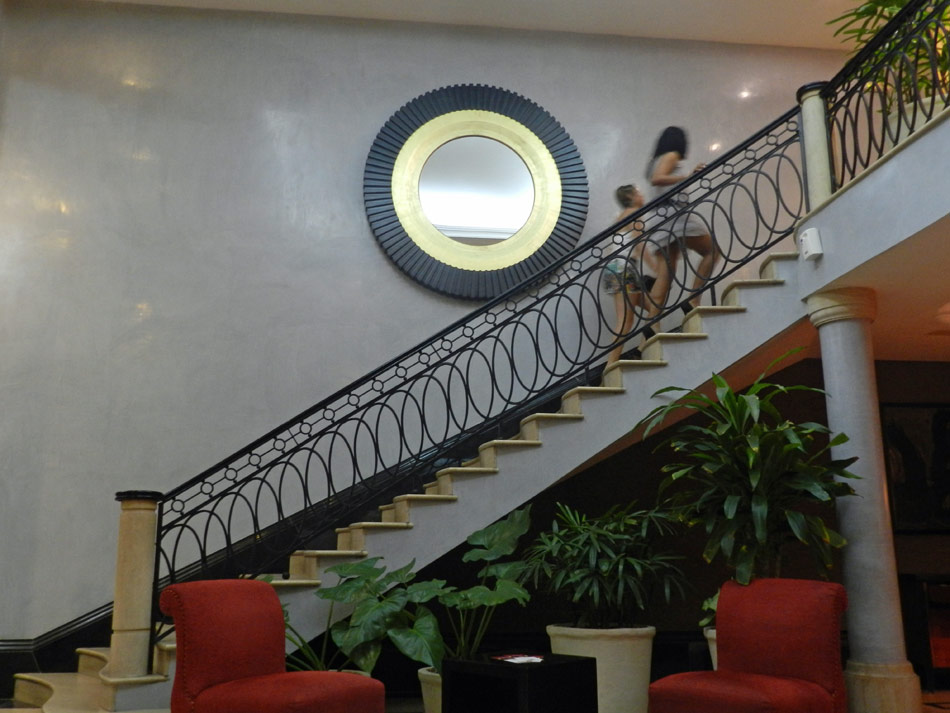






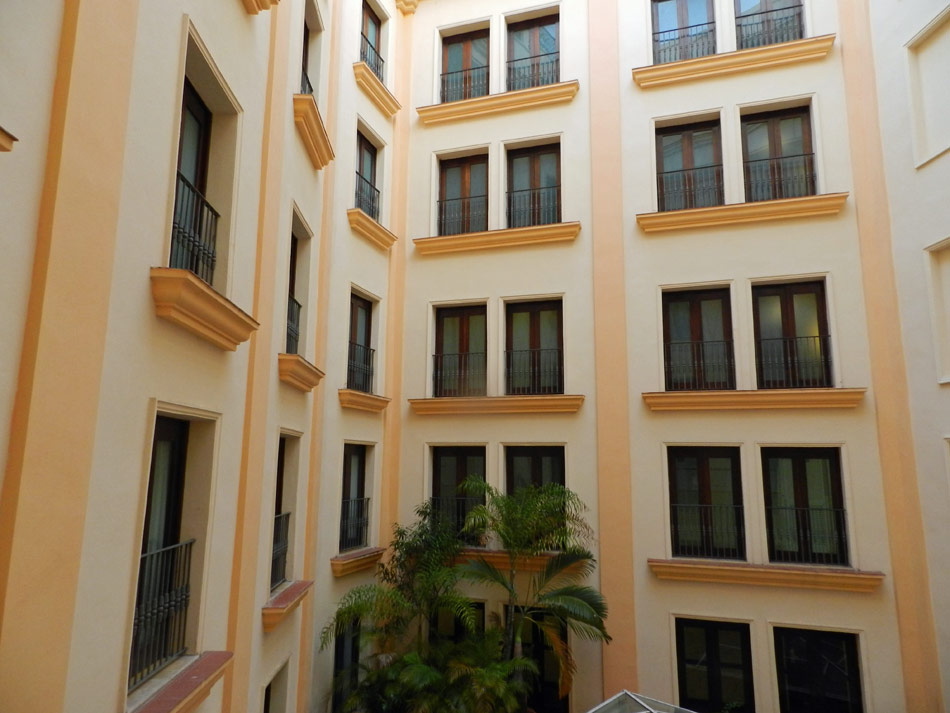






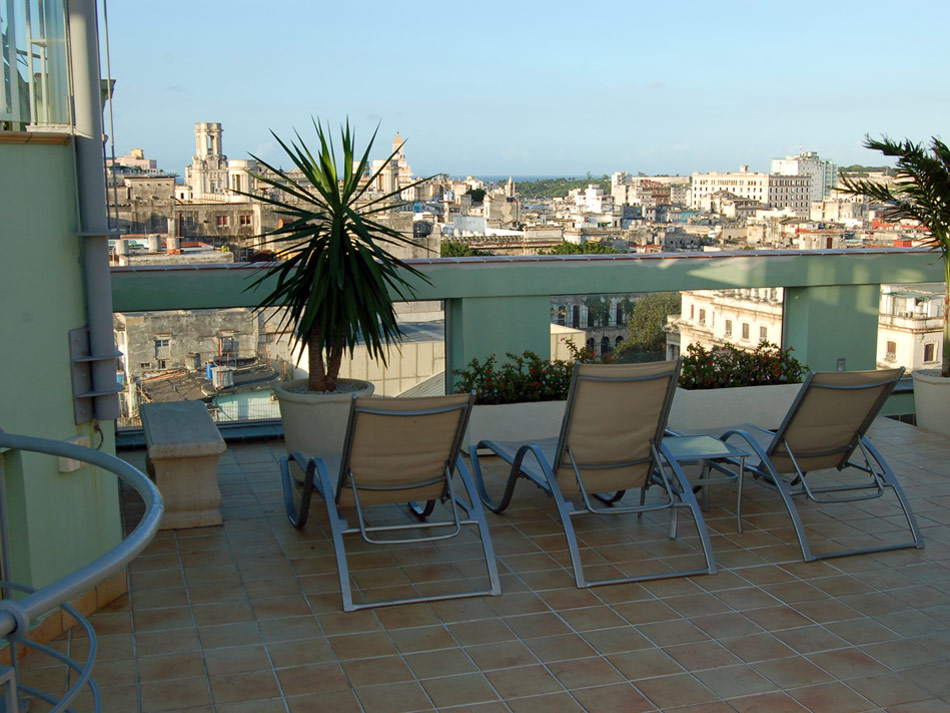



All images copyright ©Cuba Business Report 2023. No images may be used without prior permission of the photographers.

T.K. Hernández is co-founder and editor at Cuba Business Report. Her work has been published in various online news media publications. Hernández has supported fundraising for Cuba’s last two hurricane disaster relief campaigns and is a member of the Canadian Network on Cuba. She is also a member of The Writers Union of Canada, and ACES International Alliance of Editors. Ms. Hernández is the author of three books, most recently, “The Cuba Interviews: Conversations on Foreign Investment and Economic Development,” (Palgrave Macmillan, 2023).






